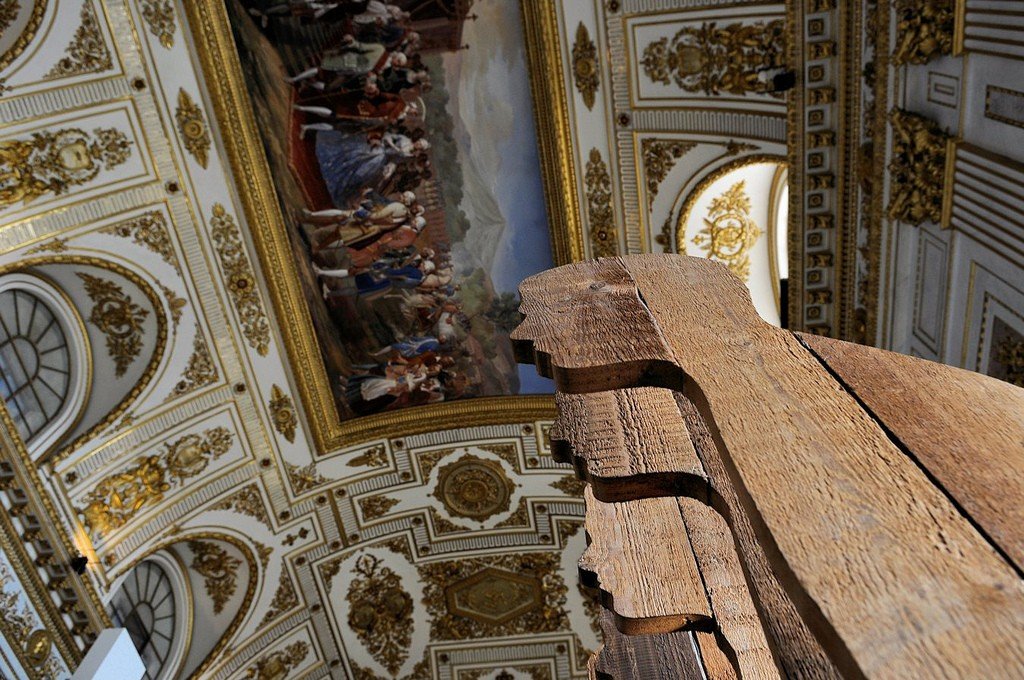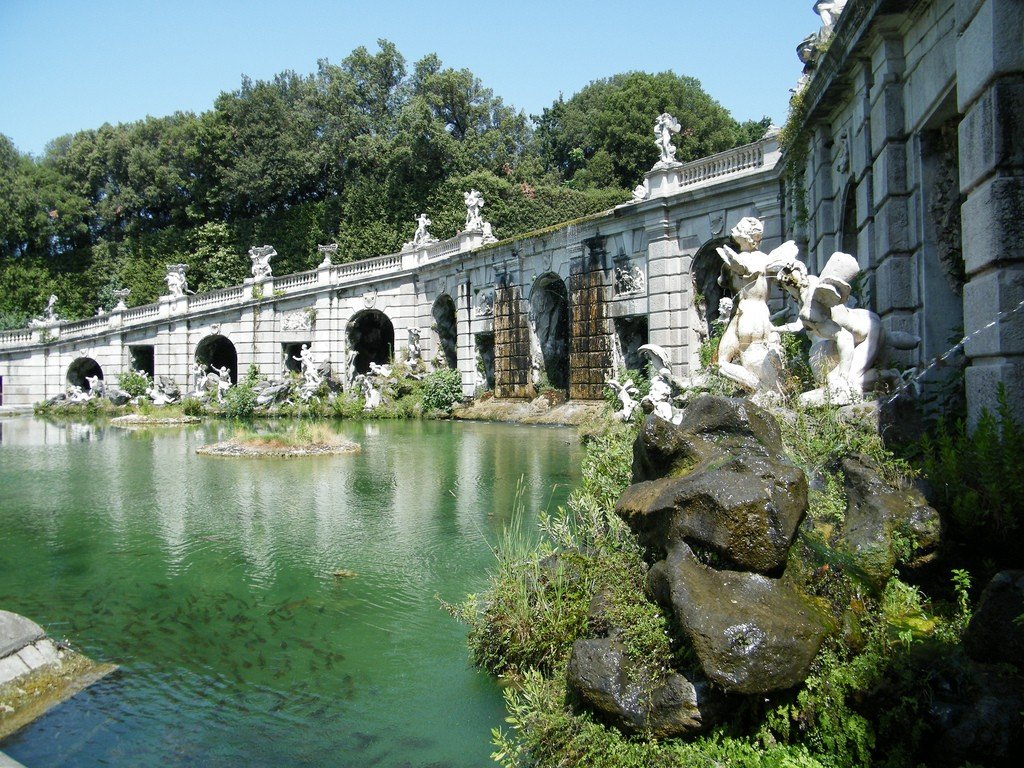Royal Palace in Caserta (Reggia di Caserta)
The Royal Palace of Caserta with its beautiful park, fountains and aqueduct in Campania was declared a UNESCO World Heritage Site in 1996. The ensemble, conceived by King Charles IV, later Charles III of Spain, was meant to showcase the power and wealth of the Bourbon dynasty. The palace was built outside of bustling Naples, just as Louis XIV, one of the king’s ancestors, had previously opted to build Versailles outside Paris, away from the city. Charles had to wait a long time, but the architect Luigi Vanvitelli did not deceive his expectations.










General information
The palace in Caserta is not inferior to the splendor of Versailles. It is the last of the grand Italian Baroque buildings. The main palace has 1200 rooms, 25 lavish royal apartments and a grand staircase famous for having all 116 of its steps carved from a single piece of stone. Vanvitelli designed and built a magnificent aqueduct that supplies water to the many fountains and ponds. The theater is modeled after Neapolitan Teatro Carlo, and the entire complex is set in a lovely park.
.
At the back of the park were the barracks and the complex of the royal silk manufactory of San Levchio, disguised as a pavilion. The inhabitants of the area were forcibly relocated from here to make way for the palace. Construction began in 1752, but the architect died before he could finish his creation. The work was continued by his son Carlo. King Charles IV never spent a night in the palace as he became King of Spain, but his son Ferdinand IV of Naples lived in the palace.
.